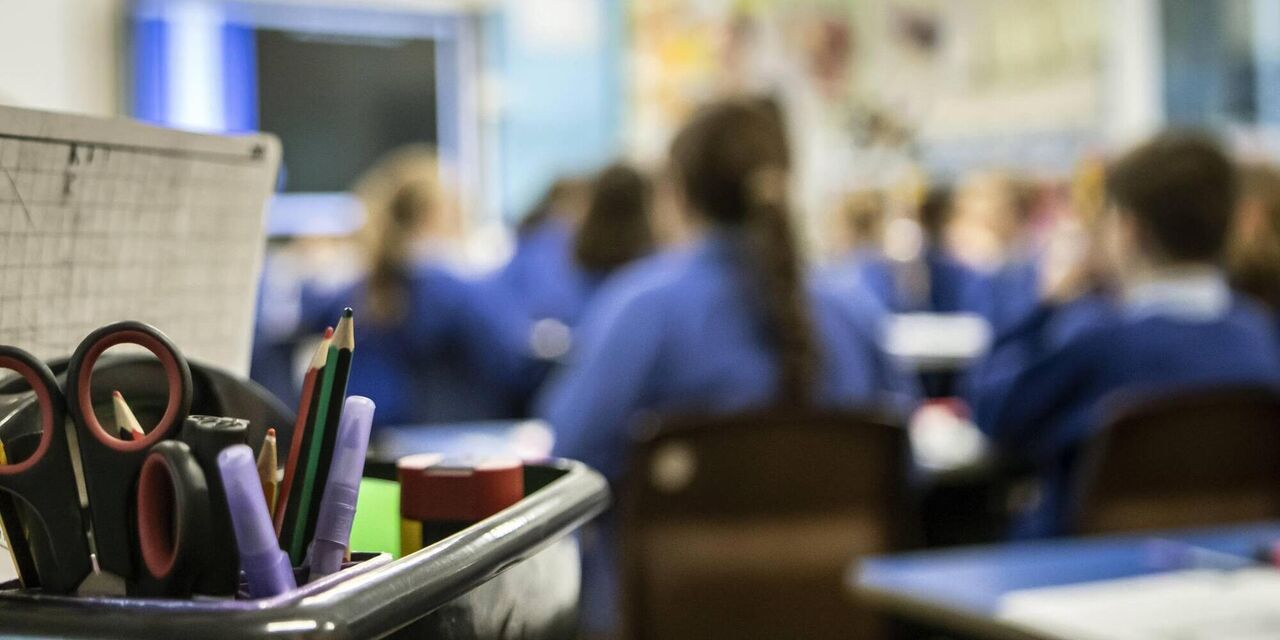Now Reading: More School Leavers in Positive Destinations
-
01
More School Leavers in Positive Destinations

More School Leavers in Positive Destinations
Record High from More Deprived Communities
Statistics were released this week on the destinations and attainment of 2022-23 leavers from Scotland’s publicly funded schools, showing a record proportion of young people were in work, training or further study 3 months after the end of the school year.
This figure was 95.9% – higher than in 2021-22 (95.7%) and the highest since the current time series began in 2009-10. Positive destinations include higher education, further education, employment, training, personal skills development and voluntary work.
The gap between those from the most and least deprived areas progressing after school is also at a record low (3.7%), with a record high number of school leavers from Scotland’s more deprived communities now in work, training or further study. This is the narrowest the attainment gap has been since the current time series began in 2009-10.
The statistics show growing technical achievement among leavers, with the proportion having gained one or more technical or vocational qualifications at SCQF Level 5 or better reaching a record high of 30.4%. Wider attainment figures reflect an increased proportion of S4 and S5 leavers and the decreased proportion of S6 leavers in 2022-23 compared to other recent years.
I welcome, particularly being Minister for Higher Education, that a record proportion of school leavers are in positive destinations.
GRAEME
And the reduction in the attainment gap between those from better and worse-off communities, to a record low, is indicative of movement in the right direction.
There is no one way to succeed – be it further study, work or vocational training, these young people should be proud of their achievements, as should their mentors in the teaching profession.
The Scottish Government is certainly not complacent though – there is progress still to be made and this SNP government is committed to ensuring opportunity and success for our school leavers.
These figures show the highest proportion of Scotland’s young people are achieving positive destinations since records began and it is very encouraging to see so many people are securing work, training or further study.
EDUCATION SECRETARY, JENNY GILRUTH
We are committed to closing the poverty-related attainment gap and ensuring all of our young people have the same opportunities to progress in life, so I’m encouraged to see that the gap in relation to positive destinations has narrowed to a record low.
Young people experienced significant disruption to their education during the pandemic, and to see so many of them reaching positive destinations is really heartening – and is testament to their hard work and the extraordinary support provided by Scotland’s teachers.
Impact of COVID
Different approaches to determining attainment and grades in qualifications were in place in 2020, 2021, 2022 and 2023, as a result of the pandemic. The attainment of school leavers in 2019-20, 2020-21, 2021-22 and 2022-23 may be based on a combination of approaches to certification for both the National Qualifications measure and the All SCQF measure.
This means that care should be taken when interpreting changes in school leaver attainment between 2019-20 and 2022-23, and when comparing attainment in those years to attainment in years before the pandemic (2018-19 and earlier). Changes between the years should not be seen as an indication that performance has improved or worsened, without further evidence.
Further details on the impact of the pandemic on these statistics can be found in the statistical release.
Background
The figures released this week were produced by professionally independent statistical staff in accordance with the Code of Practice for Official Statistics.
‘Accredited Official Statistics’ is the new term for National Statistics. Accredited Official Statistics are official statistics that have been independently reviewed by the Office for Statistics Regulation (OSR) and confirmed to comply with the standards of trustworthiness, quality and value in the Code of Practice for Official Statistics. They are sourced from ‘Summary statistics for attainment and initial leaver destinations, no. 6: 2024 edition’, which uses the Scottish Qualifications Authority (SQA) post-review results, data received from other organisations who deliver qualifications and learning programmes on the SCQF, and school leaver destinations data supplied by Skills Development Scotland (SDS) from the Opportunities for All shared dataset.
The Scottish Credit and Qualifications Framework (SCQF) is Scotland’s national qualifications framework, and allows for broad comparisons to be made between qualifications to allow learners, employers and the public to understand the range of skills and learning that should be achieved at each level. More information can be found on the SCQF website. Differences between the All SCQF measure and the National Qualifications measure are outlined in the statistical release.